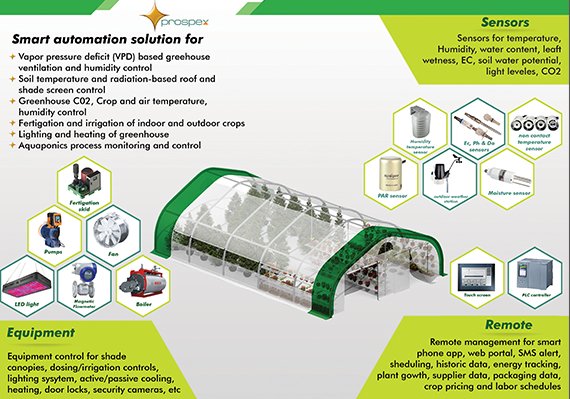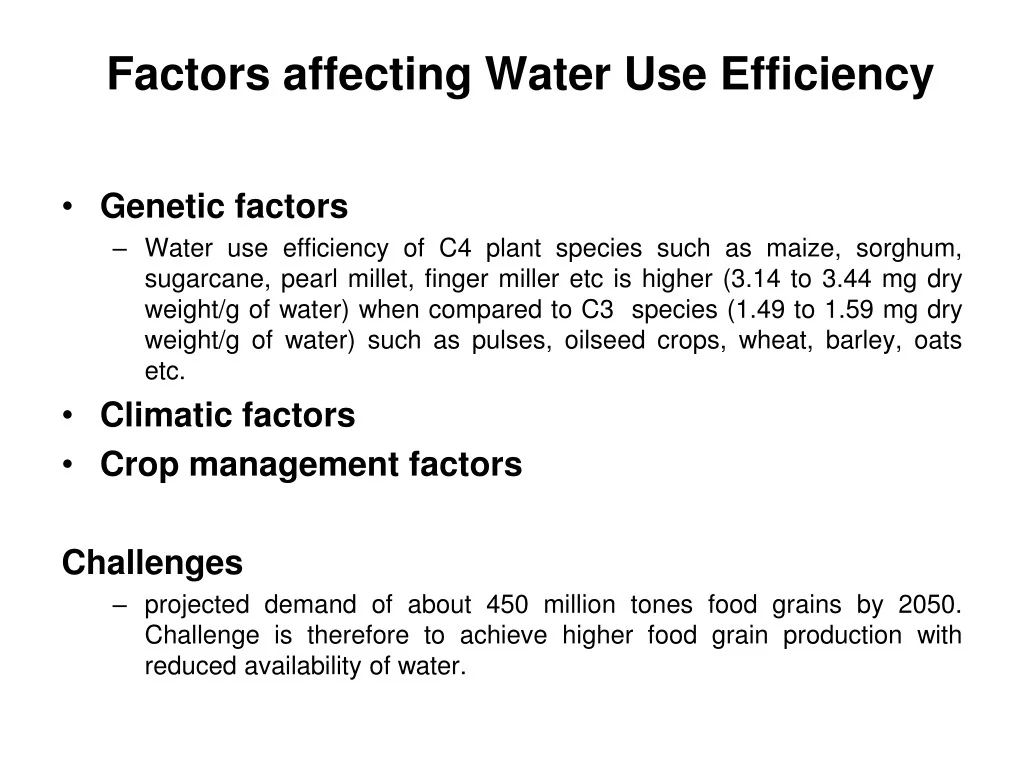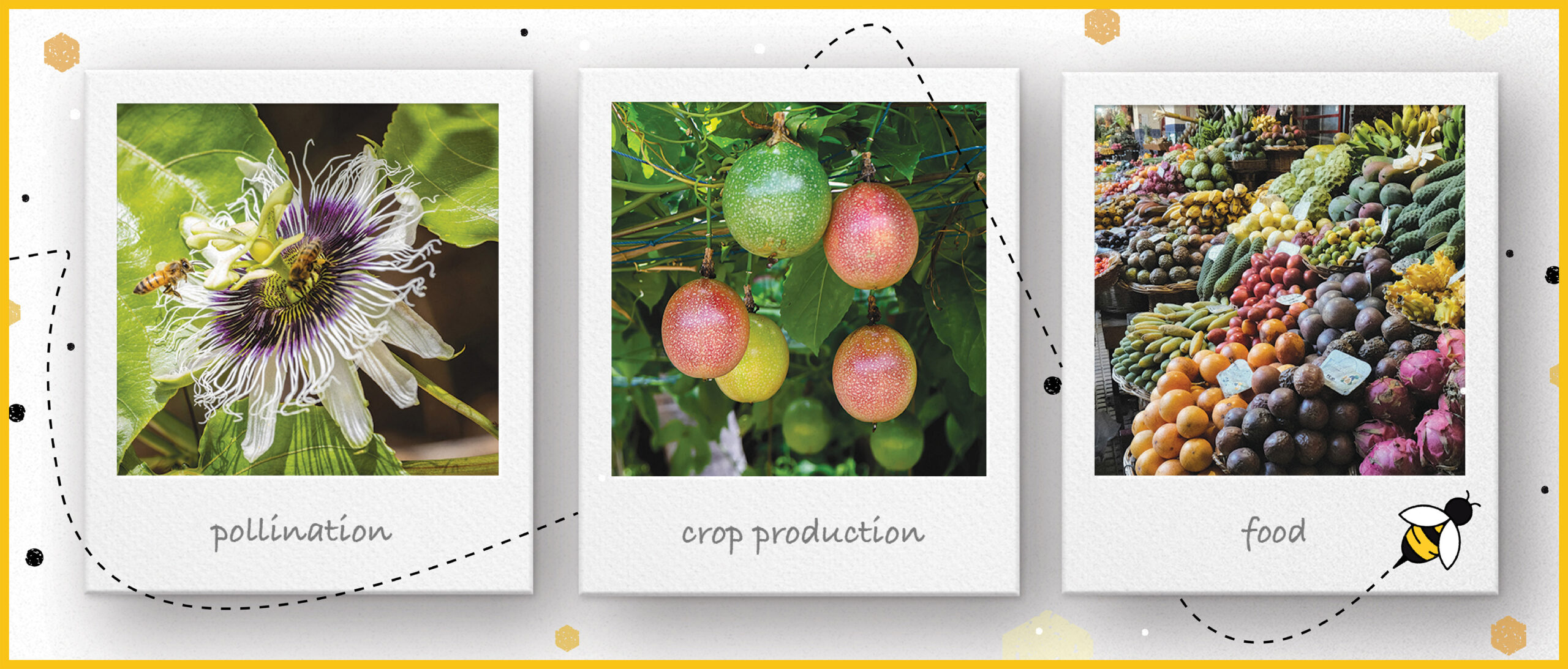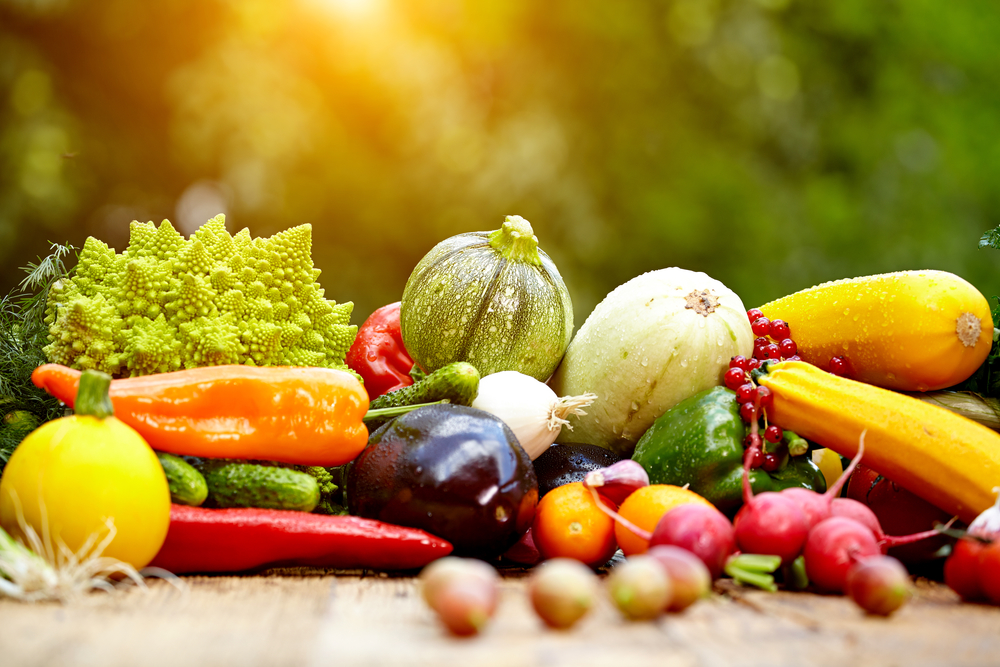
Introduction: The Art and Science of Greenhouse Environmental Control
Imagine stepping into a lush, vibrant greenhouse, a haven of thriving plants bursting with life. The secret behind this botanical paradise? Advanced environmental controls. It’s not just about throwing some seeds in the ground and hoping for the best; it’s about orchestrating a symphony of factors – temperature, humidity, light, CO2 levels – to create the perfect growing conditions. Think of it as being a conductor, but instead of musicians, you’re leading a chorus of chlorophyll-filled performers.
This comprehensive guide dives deep into the world of advanced greenhouse environmental controls, exploring the technologies, strategies, and best practices that empower growers to maximize yields, improve plant quality, and minimize resource consumption. Whether you’re a seasoned horticulturalist or a budding enthusiast, understanding these concepts is crucial for achieving consistent success in controlled environment agriculture.
Why Advanced Environmental Controls Matter
In the realm of greenhouse cultivation, environmental control isn’t merely a suggestion; it’s the bedrock upon which success is built. Unlike outdoor farming, where crops are at the mercy of unpredictable weather patterns, greenhouses offer the unique advantage of creating a tailored environment, perfectly suited to the specific needs of your plants. Here’s why advanced control systems are indispensable:
- Optimized Plant Growth: Every plant species has its ideal environmental conditions. Advanced controls allow you to fine-tune these factors, ensuring that your plants receive precisely what they need to flourish. This translates to faster growth rates, healthier plants, and increased yields.
- Consistent Crop Quality: Maintaining stable environmental conditions is paramount for achieving consistent crop quality. Fluctuations in temperature, humidity, or light can stress plants, leading to inconsistent growth, reduced nutritional value, and decreased marketability. Precise controls minimize these variations, ensuring that every harvest meets the highest standards.
- Extended Growing Seasons: One of the most significant advantages of greenhouses is the ability to extend growing seasons beyond the natural limitations of your local climate. Advanced controls allow you to create summer-like conditions even in the dead of winter, enabling year-round production of high-value crops.
- Resource Efficiency: Advanced environmental controls can significantly reduce resource consumption. By optimizing temperature and humidity levels, you can minimize water usage and energy expenditure. Smart lighting systems can also reduce electricity costs by providing only the necessary amount of light at the appropriate times.
- Disease and Pest Management: A well-controlled environment can also help to prevent disease outbreaks and pest infestations. By maintaining optimal humidity levels and ventilation, you can create conditions that are less favorable for pathogens and pests to thrive.
- Data-Driven Decision Making: Modern greenhouse control systems collect vast amounts of data on environmental conditions, plant growth, and resource consumption. This data can be analyzed to identify trends, optimize growing strategies, and make informed decisions about resource allocation.
Key Components of an Advanced Greenhouse Control System
An advanced greenhouse control system is more than just a thermostat; it’s a complex network of sensors, actuators, and software working in harmony to maintain the ideal growing environment. Let’s explore the key components that make up these sophisticated systems:
Temperature Control
Temperature is arguably the most critical environmental factor affecting plant growth. Advanced temperature control systems use a combination of heating, cooling, and ventilation to maintain the desired temperature range within the greenhouse.
- Heating Systems: Greenhouses employ a variety of heating systems, including natural gas heaters, propane heaters, electric heaters, and hot water systems. The choice of heating system depends on factors such as cost, efficiency, and availability of fuel.
- Cooling Systems: Cooling systems are essential for preventing overheating during warm weather. Common cooling methods include ventilation, shading, evaporative cooling, and air conditioning.
- Ventilation Systems: Ventilation is crucial for removing excess heat and humidity, as well as providing fresh air to the plants. Natural ventilation relies on the natural flow of air through vents and openings, while forced ventilation uses fans to circulate air.
- Shading Systems: Shading systems reduce the amount of sunlight entering the greenhouse, preventing overheating and protecting plants from excessive light intensity. Shade cloths, retractable roofs, and whitewashing are common shading methods.
Humidity Control
Humidity plays a vital role in plant transpiration and nutrient uptake. Maintaining the optimal humidity range is crucial for preventing diseases and promoting healthy growth. Advanced humidity control systems use humidifiers and dehumidifiers to regulate moisture levels within the greenhouse.
- Humidifiers: Humidifiers add moisture to the air, increasing humidity levels. Common types of humidifiers include ultrasonic humidifiers, evaporative humidifiers, and steam humidifiers.
- Dehumidifiers: Dehumidifiers remove moisture from the air, decreasing humidity levels. Dehumidifiers are particularly important in preventing fungal diseases, which thrive in humid environments.
- Fogging Systems: Fogging systems create a fine mist of water that evaporates quickly, cooling the air and increasing humidity. Fogging systems are often used in propagation and seedling production.
Lighting Control
Light is the energy source that drives photosynthesis, the process by which plants convert carbon dioxide and water into sugars. Advanced lighting control systems use artificial lighting to supplement natural sunlight, extending growing seasons and optimizing plant growth.
- LED Grow Lights: LED grow lights are becoming increasingly popular due to their energy efficiency, long lifespan, and ability to emit specific wavelengths of light that are optimal for plant growth.
- High-Pressure Sodium (HPS) Lights: HPS lights are a traditional type of grow light that provides a broad spectrum of light. HPS lights are relatively inexpensive but less energy-efficient than LEDs.
- Metal Halide (MH) Lights: MH lights emit a blue-rich light that is ideal for vegetative growth. MH lights are often used in combination with HPS lights to provide a more complete spectrum of light.
- Light Sensors: Light sensors measure the amount of light within the greenhouse and adjust the artificial lighting accordingly. This ensures that plants receive the optimal amount of light for photosynthesis.
CO2 Enrichment
Carbon dioxide (CO2) is a key ingredient in photosynthesis. Increasing CO2 levels within the greenhouse can significantly boost plant growth and yields. CO2 enrichment systems inject CO2 into the greenhouse atmosphere, raising the concentration to optimal levels.
- CO2 Generators: CO2 generators burn natural gas or propane to produce CO2. CO2 generators are relatively inexpensive but can produce pollutants if not properly maintained.
- CO2 Tanks: CO2 tanks store compressed CO2, which is released into the greenhouse atmosphere. CO2 tanks are a cleaner option than CO2 generators but require regular refilling.
- CO2 Sensors: CO2 sensors measure the CO2 concentration within the greenhouse and adjust the CO2 injection rate accordingly. This ensures that CO2 levels remain within the optimal range.
Irrigation Control
Proper irrigation is essential for delivering water and nutrients to plants. Advanced irrigation control systems use sensors and timers to deliver water precisely when and where it is needed, minimizing water waste and maximizing plant health.
- Drip Irrigation: Drip irrigation delivers water directly to the roots of plants, minimizing water loss through evaporation and runoff.
- Micro-Sprinklers: Micro-sprinklers spray water over a small area, providing uniform coverage and minimizing water waste.
- Nutrient Injection Systems: Nutrient injection systems deliver fertilizers and other nutrients directly to the plants through the irrigation system. This allows for precise control over nutrient levels and minimizes nutrient waste.
- Soil Moisture Sensors: Soil moisture sensors measure the moisture content of the soil and trigger irrigation when the soil becomes too dry.
Control Systems and Automation
At the heart of any advanced greenhouse lies the control system. These systems act as the brain of the operation, integrating data from various sensors and orchestrating the actions of actuators to maintain the desired environmental conditions. Automation is the key to efficiency and precision in modern greenhouse management.
- Climate Computers: Climate computers are sophisticated control systems that monitor and adjust temperature, humidity, light, CO2 levels, and irrigation. Climate computers can be programmed to respond to changing environmental conditions and optimize plant growth.
- Programmable Logic Controllers (PLCs): PLCs are industrial-grade computers that are used to automate various greenhouse processes, such as ventilation, shading, and irrigation.
- Wireless Sensor Networks: Wireless sensor networks allow for remote monitoring of environmental conditions within the greenhouse. This data can be accessed from anywhere in the world, allowing growers to make informed decisions about greenhouse management.
- Mobile Apps: Many greenhouse control systems offer mobile apps that allow growers to monitor and control their greenhouses from their smartphones or tablets.
Strategies for Optimizing Greenhouse Environmental Controls
Simply having the right equipment isn’t enough; you need a strategic approach to maximize the benefits of advanced environmental controls. Here are some key strategies to consider:
Data Logging and Analysis
The first step towards optimization is to collect and analyze data on environmental conditions, plant growth, and resource consumption. This data can be used to identify trends, optimize growing strategies, and make informed decisions about resource allocation. Modern control systems automatically log this data, providing a wealth of information at your fingertips.
- Track Environmental Parameters: Monitor temperature, humidity, light intensity, CO2 levels, and soil moisture levels on a regular basis.
- Monitor Plant Growth: Track plant height, leaf area, stem diameter, and flowering time.
- Analyze Resource Consumption: Monitor water usage, energy consumption, and fertilizer usage.
- Use Data Visualization Tools: Use graphs and charts to visualize trends and patterns in your data.
- Identify Correlations: Look for correlations between environmental parameters and plant growth.
Implementing Zone Control
Different plant species have different environmental requirements. Zone control allows you to divide your greenhouse into different zones, each with its own set of environmental controls. This allows you to grow a wider variety of plants within the same greenhouse.
- Divide Greenhouse into Zones: Divide your greenhouse into zones based on plant species, growth stage, or environmental requirements.
- Install Separate Control Systems: Install separate control systems for each zone.
- Optimize Environmental Conditions: Optimize environmental conditions within each zone to meet the specific needs of the plants growing in that zone.
- Monitor Zone Performance: Monitor the performance of each zone and make adjustments as needed.
Utilizing Predictive Modeling
Predictive modeling uses historical data to forecast future environmental conditions and plant growth. This allows you to proactively adjust environmental controls to optimize plant growth and minimize resource consumption. Think of it as having a crystal ball for your greenhouse.
- Collect Historical Data: Collect historical data on environmental conditions, plant growth, and resource consumption.
- Develop Predictive Models: Develop predictive models that can forecast future environmental conditions and plant growth.
- Use Models to Optimize Controls: Use predictive models to proactively adjust environmental controls to optimize plant growth and minimize resource consumption.
- Continuously Refine Models: Continuously refine your predictive models as you collect more data.
Integrating Renewable Energy Sources
Greenhouses can be energy-intensive to operate. Integrating renewable energy sources, such as solar panels and geothermal energy, can significantly reduce energy costs and minimize your environmental footprint. It’s a win-win for your bottom line and the planet.
- Install Solar Panels: Install solar panels to generate electricity for your greenhouse.
- Use Geothermal Energy: Use geothermal energy to heat and cool your greenhouse.
- Implement Energy-Efficient Technologies: Implement energy-efficient technologies, such as LED lighting and high-efficiency heating and cooling systems.
- Optimize Energy Usage: Optimize energy usage by implementing strategies such as shading and ventilation.
Regular Maintenance and Calibration
Even the most advanced control systems require regular maintenance and calibration to ensure optimal performance. Neglecting maintenance can lead to inaccurate readings, malfunctioning equipment, and reduced efficiency. It’s like taking your car in for a tune-up – essential for long-term performance.
- Clean Sensors Regularly: Clean sensors regularly to ensure accurate readings.
- Calibrate Sensors Periodically: Calibrate sensors periodically to ensure that they are providing accurate data.
- Inspect Equipment Regularly: Inspect equipment regularly for signs of wear and tear.
- Replace Worn Parts: Replace worn parts promptly to prevent equipment failure.
- Keep System Updated: Keep your control system software up to date to ensure that you have the latest features and security updates.
The Future of Greenhouse Environmental Controls
The field of greenhouse environmental controls is constantly evolving, driven by advances in technology and a growing demand for sustainable and efficient food production. Here’s a glimpse into the future of this exciting field:
Artificial Intelligence (AI) and Machine Learning (ML)
AI and ML are poised to revolutionize greenhouse environmental controls. These technologies can analyze vast amounts of data to identify patterns, predict future conditions, and optimize control strategies in real-time. Imagine a system that learns from its mistakes and continuously improves its performance without human intervention.
- AI-Powered Climate Control: AI algorithms can learn the optimal environmental conditions for different plant species and adjust controls accordingly.
- Predictive Disease Detection: ML models can analyze sensor data to detect early signs of disease outbreaks, allowing growers to take preventative measures.
- Automated Resource Optimization: AI can optimize water usage, energy consumption, and fertilizer application based on real-time data and predictive models.
Internet of Things (IoT)
The Internet of Things (IoT) is connecting devices and sensors across the greenhouse, creating a network of interconnected systems that can communicate and share data. This allows for more comprehensive monitoring and control of the greenhouse environment.
- Remote Monitoring and Control: IoT devices allow growers to monitor and control their greenhouses from anywhere in the world.
- Automated Data Collection: IoT sensors automatically collect data on environmental conditions, plant growth, and resource consumption.
- Real-Time Alerts: IoT systems can send alerts to growers when environmental conditions deviate from the optimal range.
Vertical Farming Integration
Vertical farming, the practice of growing crops in vertically stacked layers, is becoming increasingly popular in urban areas. Advanced greenhouse environmental controls are essential for optimizing plant growth in vertical farming systems.
- Optimized Lighting Systems: Vertical farms require specialized lighting systems that provide uniform light distribution to all plants.
- Precise Environmental Control: Vertical farms require precise control over temperature, humidity, and CO2 levels to maximize plant growth.
- Automated Irrigation Systems: Vertical farms often use automated irrigation systems to deliver water and nutrients to plants.
Conclusion: Embracing the Future of Greenhouse Cultivation
Advanced greenhouse environmental controls are no longer a luxury; they are a necessity for growers who want to maximize yields, improve plant quality, and minimize resource consumption. By understanding the key components of these systems, implementing effective control strategies, and embracing emerging technologies, you can unlock the full potential of greenhouse cultivation and contribute to a more sustainable and resilient food system. So, step into the future of farming – your plants will thank you for it!


